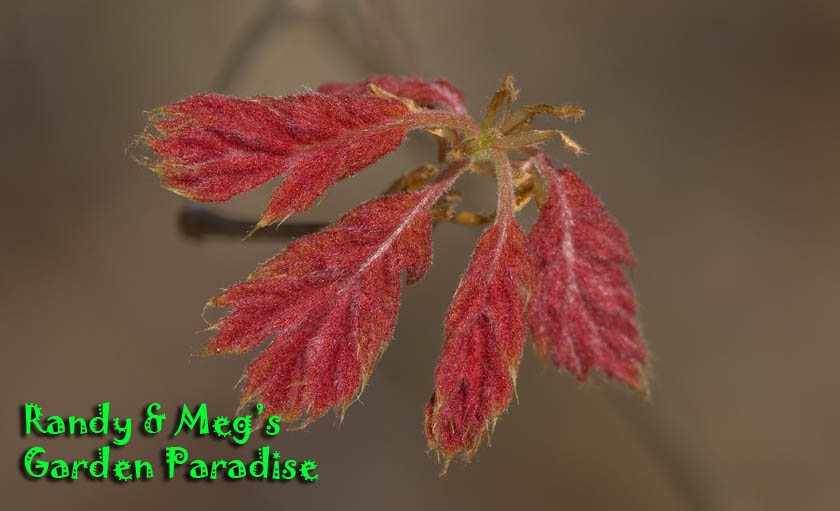Many of you might recall our getting a bunch of hellebores and a cyclamen last fall. Well the cyclamen has 2 blooms on it, the first in our garden. We suffered a good number of plant casualties this summer including Yuletide Camellia, 2 of the 3 discount camellias from Home Depot, 2 hellebores from Pineknot Farms and several other perennials.
Cyclamen hidden in our garden!
This Night Blooming Cereus from our porch two nights ago. It is a tropical catus Meg's daughter got in a yard sale for 15 cents over 12 years ago. We have had 2 other nights of blooming earlier in the season, this night we had 2 blooms. The blooms only last one night by the way. These photos were taken at 11 pm with my Canon G11 set to manual using the camera flash.
Pretty amazing this 8 inch very fragrant flower isn't it?
This is a Sleepy Orange caterpillar on Sicklepod. I found this last week while on a hike. The 10 x 10 patch of Sicklepod was pretty eaten up, in all there were at least 10-12 cats there in various stages.





















